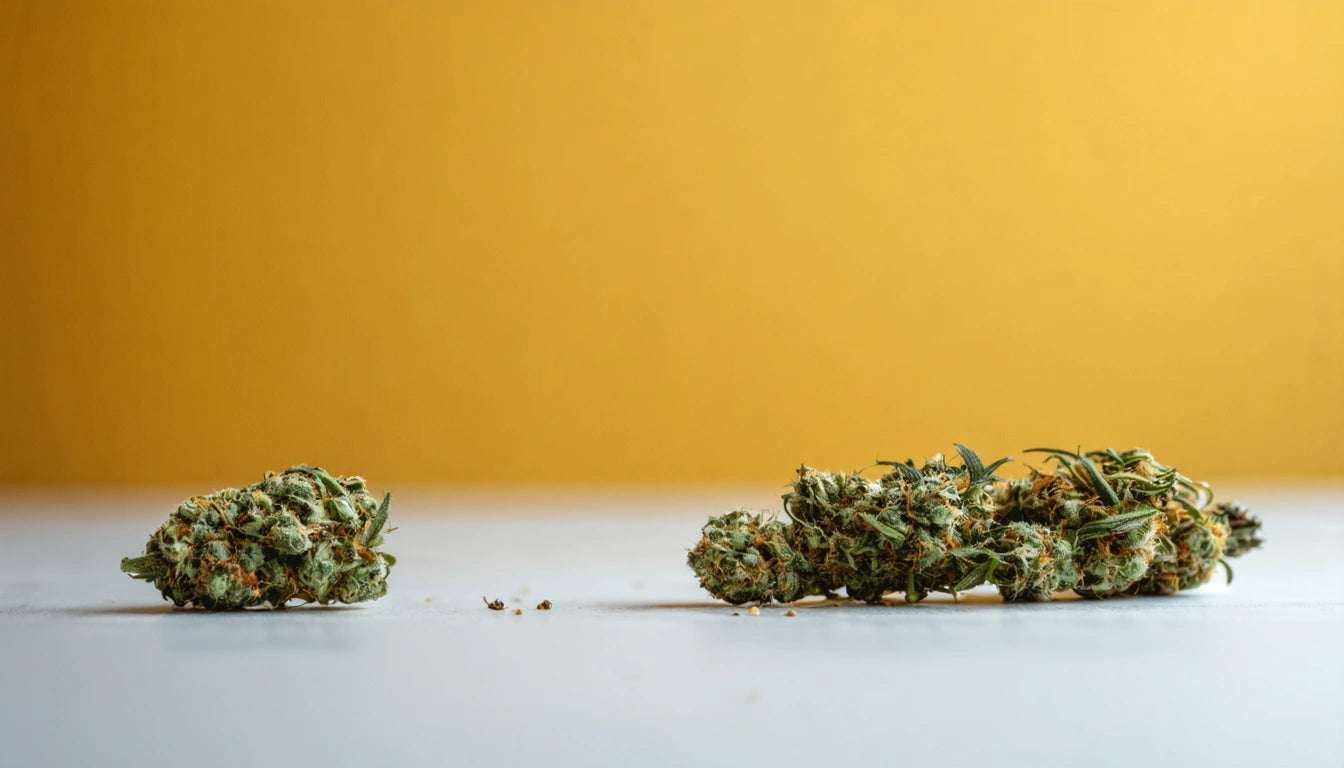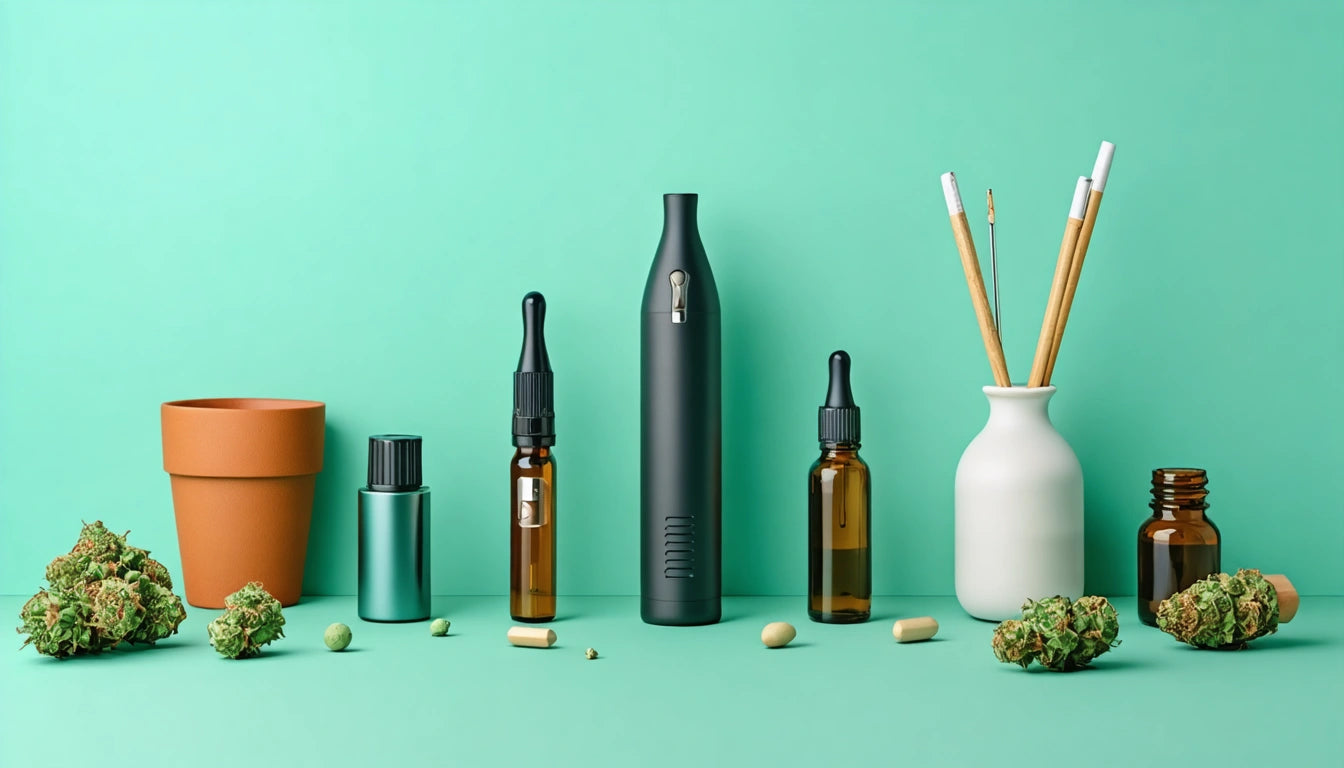Table of Contents
- The Science of Cannabis Odors: What You're Actually Smelling
- Smelling vs. Ingestion: How Cannabis Enters Your System
- Passive Exposure: When Smelling Might Lead to Minimal Absorption
- Drug Testing Concerns: Will Smelling Cannabis Affect Results?
- Minimizing Unwanted Exposure to Cannabis Odors
- Research Findings and Expert Perspectives on Passive Exposure
Can Smelling Weed Cause It to Enter Your System?
Many people worry about the consequences of being near cannabis, particularly whether simply smelling it could result in detectable levels in their body. This concern is especially relevant for individuals subject to workplace drug testing or those who want to avoid cannabis entirely. Understanding the relationship between smelling cannabis and potential systemic absorption is crucial for making informed decisions about exposure situations.
The Science of Cannabis Odors: What You're Actually Smelling
Cannabis has a distinctive aroma that comes primarily from compounds called terpenes, not from the psychoactive component THC. These unique scents range from skunky to fruity, depending on the strain and growing conditions.
When you smell cannabis, you're detecting volatile organic compounds that evaporate into the air. These aromatic molecules bind to olfactory receptors in your nose, creating the sensation of smell. However, these airborne terpenes are fundamentally different from the cannabinoids (like THC) that produce psychoactive effects.
Key Compounds in Cannabis Aroma
- Myrcene: Earthy, musky notes
- Limonene: Citrus scents
- Pinene: Pine-like aroma
- Linalool: Floral, lavender-like smell
- Caryophyllene: Spicy, peppery scent
While these compounds contribute to the plant's strong odor, which can be quite pervasive, they do not contain the psychoactive properties that drug tests screen for.
Smelling vs. Ingestion: How Cannabis Enters Your System
For cannabis to affect your system, THC must enter your bloodstream. This typically happens through three primary methods:
1. Inhalation: When cannabis is smoked or vaped, THC enters the lungs and passes directly into the bloodstream.
2. Ingestion: Consuming edibles allows THC to be absorbed through the digestive system.
3. Topical application: Some products allow limited absorption through the skin.
Simply smelling cannabis doesn't fit into any of these categories. When you smell cannabis, you're detecting airborne terpenes, not inhaling sufficient quantities of THC to produce any measurable effect in your system.
Passive Exposure: When Smelling Might Lead to Minimal Absorption
While simply smelling cannabis from a distance won't get THC into your system, there are situations where passive exposure could potentially lead to minimal absorption. This typically involves being in an enclosed space with active cannabis smoking, also known as secondhand smoke exposure.
Secondhand cannabis smoke contains both the aromatic compounds and some THC. In very confined spaces with poor ventilation and heavy cannabis use, non-smokers might inhale trace amounts of THC. However, this is fundamentally different from merely smelling cannabis from a sealed container or from a distance.
The distinction is important: smelling cannabis odor that has lingered on clothing, in a room, or from properly sealed cannabis storage containers like mylar bags will not result in THC entering your system. These specialized storage solutions are designed specifically to contain both product and odor, providing an additional layer of protection against unwanted exposure.
Drug Testing Concerns: Will Smelling Cannabis Affect Results?
Many people worry about drug testing implications when they've been exposed to cannabis odor. The scientific consensus is clear: merely smelling cannabis will not cause you to fail a drug test.
Standard drug tests look for THC metabolites, primarily THC-COOH, which only appear after your body has processed actual THC. Since smelling cannabis doesn't deliver THC to your bloodstream, it cannot produce these metabolites.
However, there is a legitimate concern about whether secondhand smoke exposure could cause a positive test result. Research suggests that while it's theoretically possible, the conditions would need to be extreme: spending hours in an unventilated room with multiple active smokers. Even then, the levels would typically be below the cutoff thresholds for standard drug tests.
Drug Test Detection Thresholds
- Standard urine tests: 50 ng/mL initial screen, 15 ng/mL confirmatory test
- Blood tests: 1-5 ng/mL depending on the test
- Saliva tests: 4-10 ng/mL depending on the test
Passive exposure through secondhand smoke typically produces levels well below these thresholds, and simple exposure to the smell alone produces no detectable levels whatsoever.
Minimizing Unwanted Exposure to Cannabis Odors
For those concerned about cannabis odors in their environment, several strategies can help minimize exposure:
- Ensure proper ventilation in shared spaces
- Request that cannabis users step outside or use appropriate ventilation
- Use air purifiers with activated carbon filters, which can effectively trap odor molecules
- Suggest that cannabis users store their products in odor-proof containers
- Employ odor elimination techniques such as fabric refreshers for soft surfaces
For cannabis users concerned about odor affecting others, proper storage is essential. Using sealed containers specifically designed for cannabis storage helps contain aromas and keeps products fresh while respecting the comfort of non-users.
Research Findings and Expert Perspectives on Passive Exposure
Scientific research consistently shows that casual exposure to cannabis odor does not result in THC entering your system. A 2015 study published in the Journal of Analytical Toxicology found that even under extreme secondhand smoke conditions, the amount of THC absorbed by non-smokers was minimal.
The National Institute on Drug Abuse (NIDA) confirms that simply being in a room where cannabis was previously smoked, or briefly smelling cannabis, will not cause THC to enter your system in any meaningful way. This is particularly reassuring for those who may encounter cannabis odors in public spaces or have roommates or neighbors who use cannabis.
If you're concerned about does smelling weed get in your system, the scientific evidence is clear: the mere smell of cannabis, without direct inhalation of smoke, cannot introduce significant amounts of THC into your bloodstream. While extreme secondhand smoke exposure in poorly ventilated spaces might potentially lead to minimal absorption, simply detecting the odor from a distance or from stored product presents virtually no risk of systemic absorption or failed drug tests.
Understanding these facts can help alleviate unnecessary anxiety about casual exposure to cannabis odors in everyday situations, while still emphasizing the importance of respecting personal choices about cannabis exposure through proper storage and use practices.











Leave a comment
All comments are moderated before being published.
This site is protected by hCaptcha and the hCaptcha Privacy Policy and Terms of Service apply.